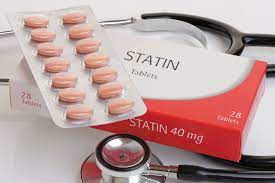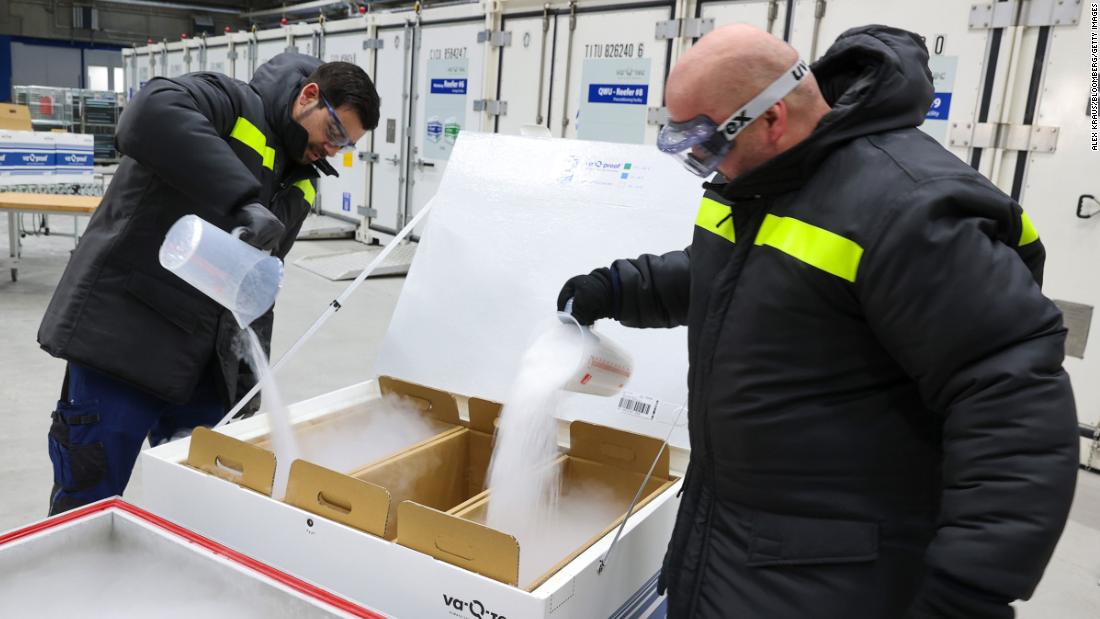Differences Revealed: Why Hospitals Charge Private Insurance Companies More Than Medicare Advantage Plans
In the United States, paying for health care has always been a complicated and controversial subject. One of the most interesting things about this complicated system is that hospitals often charge private insurance companies more than they charge Medicare Advantage plans. This seems like a contradiction. Even though this is legal, it raises questions about fairness, openness, and the way the American healthcare system works. In this blog post, we’ll look into why this price difference exists and what it means for patients and the healthcare business as a whole.
Commercial insurance vs. Medicare Advantage: What’s the Difference?
Before we break down why prices are so different, it’s important to know who the main players are: private insurance companies and Medicare Advantage plans.
Commercial insurance companies are privately owned businesses that offer people and businesses different kinds of health insurance benefits. Most of the time, these plans come with a variety of coverage choices and price levels, which are usually worked out between the insurance company and the healthcare provider.
Medicare Advantage plans, on the other hand, are part of the federal Medicare program and are given by private insurance companies that have contracts with the government. These plans are an option to Original Medicare. They offer extra benefits and services, like coverage for dental and eye care, at a price that is often more predictable.
Compare Medicare Plans Now
Price Differences: What’s Going On
Negotiation Power: One of the main reasons for the price difference is that private insurance companies have more power to negotiate than Medicare Advantage plans. Most of the time, commercial insurers have more customers, which gives them an edge they can use to get better reimbursement rates from hospitals. This means that hospitals have to charge more to make up for the money they might lose from discounts they arrange.
1. Network Access: Hospitals may also charge business insurers more because these plans give them access to a larger network of doctors and hospitals. Most of the time, people with commercial insurance have a wider range of hospitals and doctors to choose from. In order to stay competitive and appealing to these patients, hospitals may charge business insurance companies higher rates to be in their networks.
2. Administrative Costs: Hospitals may have to pay more in administrative costs to process claims and handle contracts with private insurance companies. This is hard because you have to negotiate with a lot of different private insurance, each of which has its own rules. Medicare Advantage plans, on the other hand, have standard processes, which could lead to lower administrative costs.
3. Risk Profile: Commercial insurance plans usually cover a more diverse and possibly higher-risk group of people than Medicare Advantage plans, which are mostly for older people who qualify for Medicare. Due to the higher risk of private insurance plans, hospitals may have to charge higher rates to protect themselves from losses that could come from treating complicated and expensive cases.
4. Profit Motive: Because the American healthcare system is based on making money, hospitals may be tempted to charge private insurers higher rates to make as much money as possible. Medicare Advantage plans may have tighter rules and lower profit margins if they are overseen by the federal government.
What it means and what worries us?
The difference in price between private insurance and Medicare Advantage plans raises a number of issues and has a number of effects:
1. Health care costs for patients: Patients with private insurance may have to pay more because their fees, co-pays, and out-of-pocket costs have gone up. Due to money problems, this pricing system could make people less likely to get the medical care they need.
2. Affordability and Equity: The difference in prices shows that the healthcare system is not fair to everyone. It makes the gap bigger between people who can pay for full commercial insurance and people who have to depend on government-run plans. This makes me wonder if everyone has the same chance to get good health care.
3. Transparency: When hospital prices aren’t clear, it can be hard for people to figure out how much their medical care will really cost. Patients would be able to make better decisions about their health care choices if prices were more clear.
4. Incentives for Providers: The way prices are set now could give healthcare providers a reason to give patients with private insurance more attention than those with Medicare Advantage plans. This could hurt the standard of care given to patients and go against the idea that everyone should be treated the same.
Compare Medicare Plans Today - Click Here For Your Free Medicare Plans Quote
In the end…
The differences in prices between what hospitals charge private insurance companies and what they charge Medicare Advantage plans show how complicated the American health care system is. Even though negotiations, network access, and administrative problems have a lot to do with these differences, the main worry is still how they affect patients. To fix these problems, we need a complete plan that puts transparency, fair access to care, and effective regulation of pricing practices at the top of the list. As the talk about healthcare reform goes on, it’s important to understand how prices work so that we can all have a more fair and patient-centered healthcare system.












